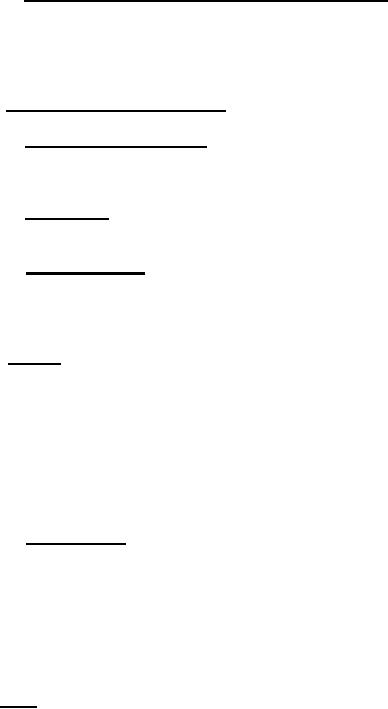 |
|||
|
|
|||
| ||||||||||
|
|  MIL-C-52477D(ME)
suitably treated to provide protection against the various forms of corrosion and
deterioration that may be encountered in any of the applicable operating and
storage environments.
3.3.4 Identification of materials and finishes. The contractors shall have
written documentation which identifies the specific material and material finish
or treatment for use with components and subcomponents that make up a complete
compressor unit. This documentation shall be made available, upon request, for
inspection by the contracting officer or his designated representative.
3.4 Environmental conditions.
3.4.1 Storage temperatures. The compressor shall not be damaged by storage at
a temperature of minus 50 F for periods up to 6 hours, and plus 155 F to 160 F
for periods up to 4 hours.
3.4.2 Operation. The compressor shall operate as specified herein at any
temperature from minus 25 F to plus 120 F.
3.4.3 Precipitation. The compressor shall perform as specified herein in rain
falling at a rate of 3 inches per hour at any angle from the vertical to 45
degrees from the vertical. Water shall not leak into the air intakes or
crankcases.
3.5 Safety. All parts which are subject to high operating temperatures and
all moving parts shall be insulated, fully enclosed, or guarded and in compliance
with OSHA regulations. Fuel tanks shall be located in a manner which will not
allow spills or overflows to run onto engine or exhaust. Exhaust or discharges
from the compressor shall be directed so that they do not endanger personnel,
Protective devices shall not impair the operating functions. Nonfunctional sharp
edges, projecting points, and excessive length of fastening devices shall be
avoided. Warnings shall be mounted on or near components containing hidden
hazards such as automatic blow-down discharges.
3.5.1 Sound level. The sound level of the compressor while it is operating at
full speed, shall be in accordance with MIL-STD-1474, Category D for steady-state
noise when tested in accordance with 4.6.2.16. If the sound level of the
compressor at the microphone location and conditions exceeds 85 dB(A),
documentation that category D limits are clearly beyond the state-of-the-art
shall be provided, noise levels will be reduced to the lowest feasible, and the
distance from the compressor at which a limit of 85 dB(A) is met shall be
determined. That distance shall be shown on hazard signs mounted on both sides
of each production compressor, stating: "Caution hearing protection required
within
feet when equipment is operating" (see 3.16). The caution shall be
legible from the distance shown on the hazard sign. Hearing protectors need not
be supplied with the compressor. When the caution notice is required, manuals
shall include the appropriate discussion of the noise hazard in accordance with
MIL-STD-1474, including the hearing protection, the" noise level of the item, and
the distance from the compressor at which the 85 dB(A) limit is met.
6
|
|
Privacy Statement - Press Release - Copyright Information. - Contact Us |